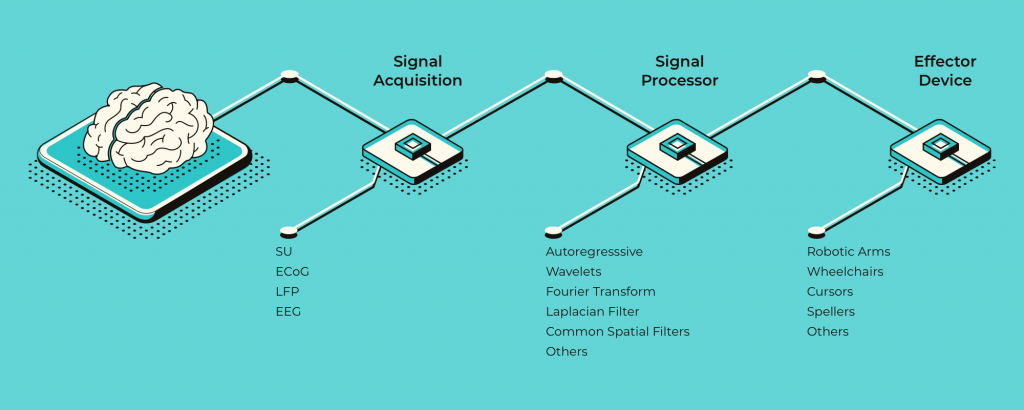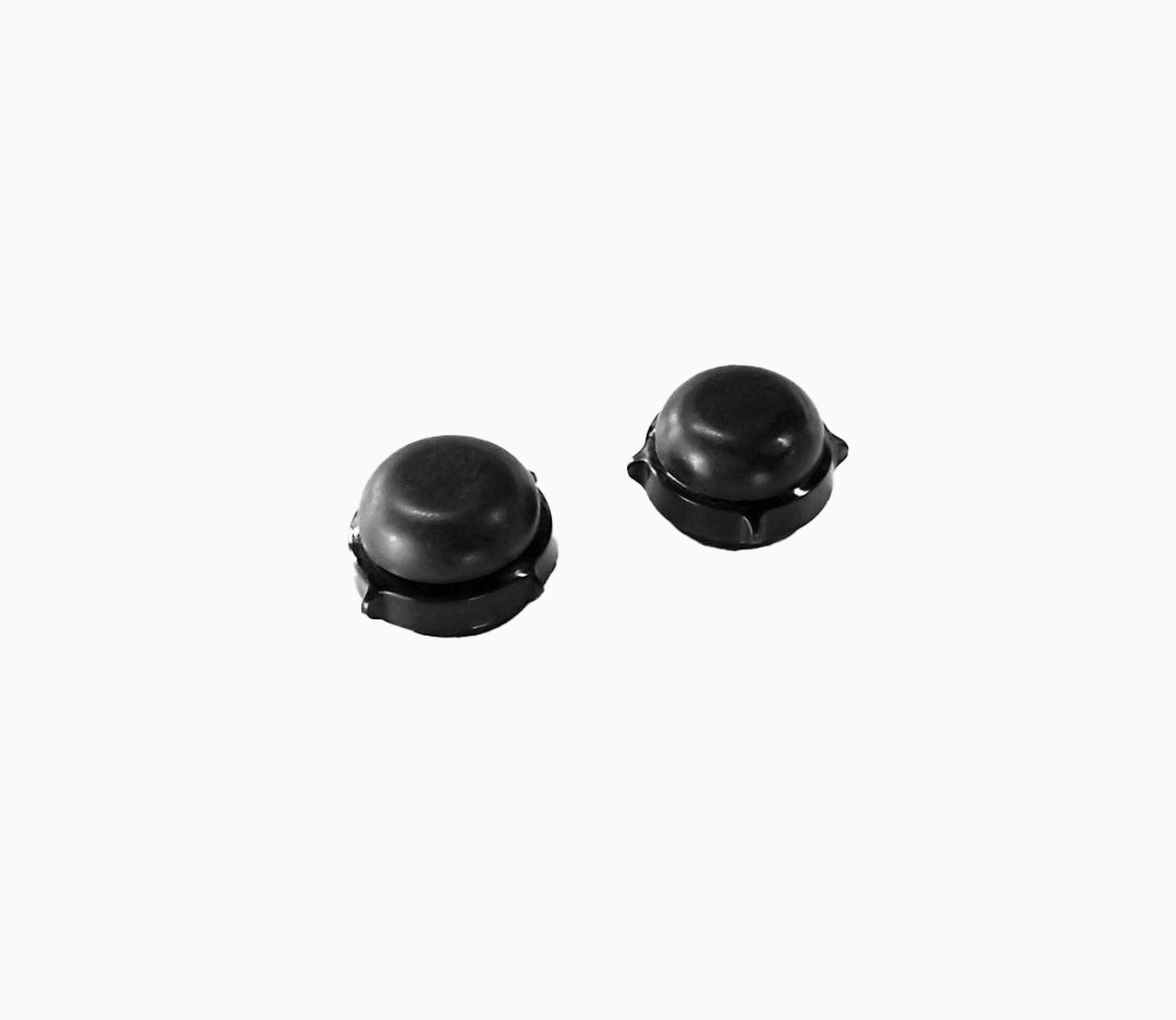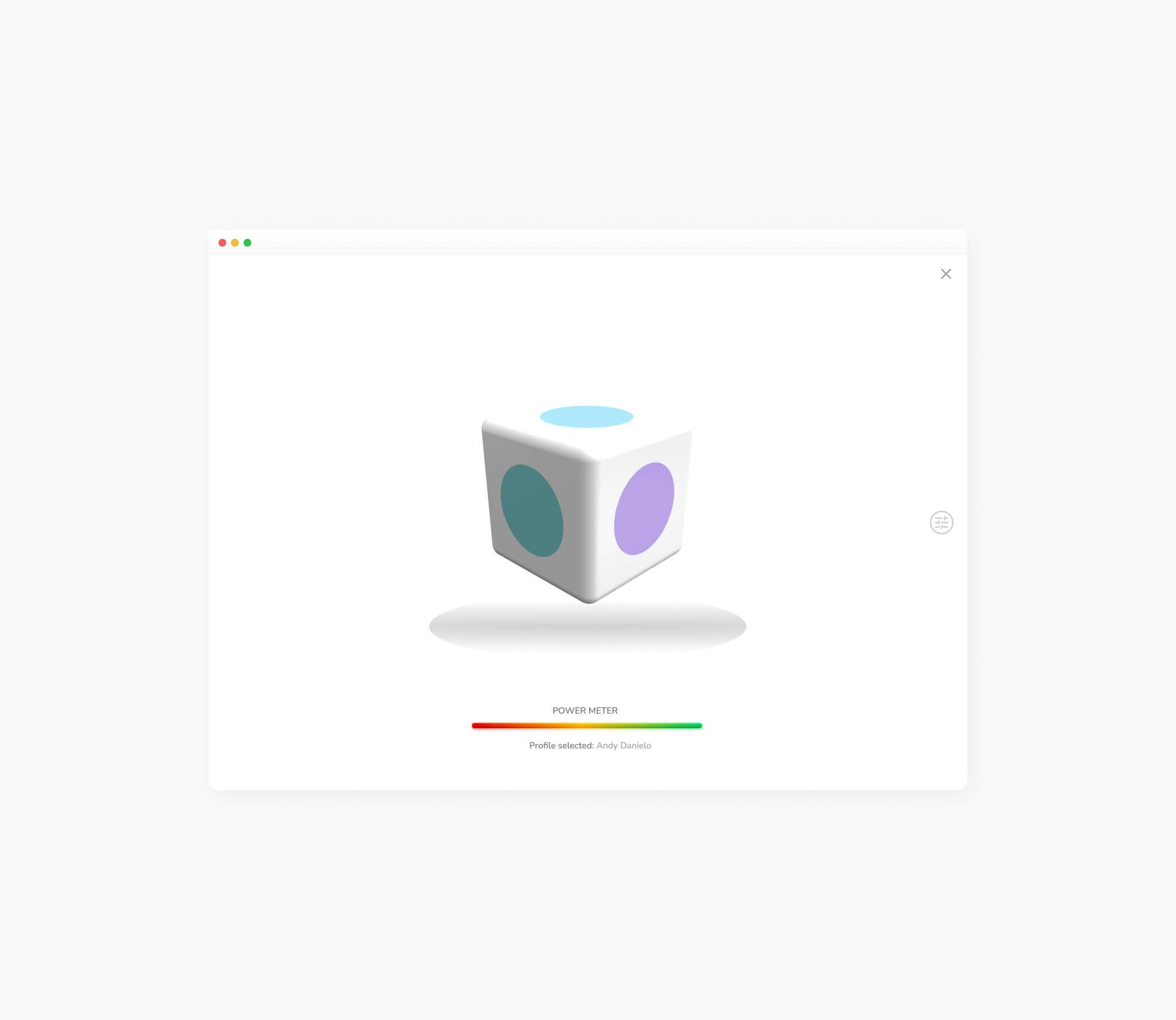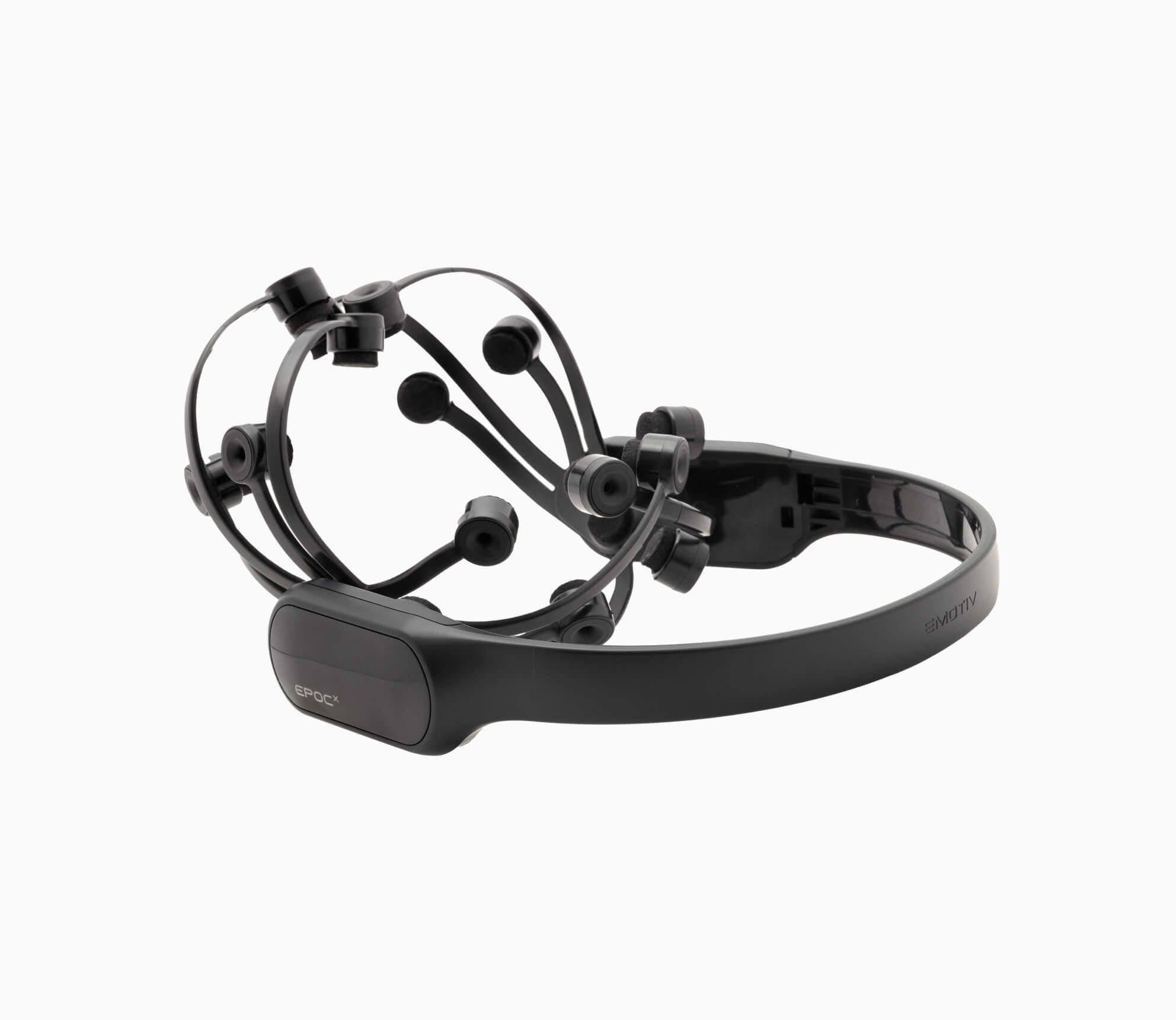Biometrics Definition
Biometrics is the scientific term for body measurements and calculations. Biometric data comprises unique measurements and calculations resulting from specific technical processing of the physical, physiological or behavioral characteristics of a person. While biometric screening is commonly used in security or access control contexts, any characteristic can be measured.

Biometrics FAQs
What are Biometrics?
Body measurements and calculations are collectively referred to by the technical term “biometrics.” Some commonly-used biometric identifiers used in access control are Iris Recognition, Voice Recognition, Eye-Tracking and Fingerprint Scans. However, this personal data is not limited to being used in biometric authentication. Any calculation or measurement of the human body may be considered a type of biometric, such as face or head shape, facial expressions, brain activity, and more.
What is a Biometric Screening?
A biometric screening involves applying a technical device to register body measurements and calculations. For example, a fingerprint reader is a commonly-used example. Another form of biometric screening uses electroencephalography (EEG) to take cognitive metrics.
What Biometrics are tracked using EEG?
An electroencephalogram (EEG) may be considered a biometric reader. An EEG macroscopically detects brain waves. This approach is seen as a promising technique to generate a biometric template. The measured activity of the brain is universal, cannot easily be circumvented, and there is a wealth of clinical literature showing the unique and permanent nature of specific features the EEG can track.
What is a Biometrics Appointment?
In a biometric system where personal data is required for access, each person must have their data taken by a biometric scanner. This can include an iris scan, fingerprint scans, and other types of data capture, depending on the system’s requirements. At a biometrics appointment, the recognition system’s required data is captured through technical instruments.
Are Biometrics safe?
Questions have been raised in both access control and brain wave research settings about the safety of biometric data. Biometric security is hailed by some as a robust method of verification. This is due to the ability to recognize precise biometrics unique to individuals. However, storage and protection of personal data raise questions. In all settings, the uniquely personal information from biometric technology scans can be used to identify and/or spoof users and research subjects. Even systems that store personally-identifiable information separate from user records do not allay these data privacy concerns. As an indicator of how widely this discussion has spread outside the specialty field of biometrics, journals such as those published by the Association for Computing Machinery have raised questions about enrolled users’ data and the ability to apply biometric identification without the expressed consent of users.
How are Biometrics Used for Identification and Authentication?
Biometric identification is used in access control settings to ensure that only the authorized user is granted access. Measurements and calculations such as iris recognition, voice recognition, and fingerprint scans are commonly used in these settings. For example, a fingerprint reader found on many smartphones may be associated with travel documents, or an iris scan may be associated with security controls for building access. Researchers have proposed that brain waves measured by an electroencephalogram (EEG) could be used in settings that require unconscious or continuous biometric authentication. Using EEG in these settings is still a hypothetical scenario, used mostly in research trials.
Types of Biometric devices?
Several types of biometric sensors may be used, depending on the setting. Face, iris, voice, fingerprint, ear, and even gait are commonly used in access control environments. An electroencephalogram (EEG) is considered a biometric sensor, as the electrodes measure brain waves.
Does Emotiv offer Biometrics Solutions?
EMOTIV offers several solutions to create biometric templates. Measuring and evaluating brain biometric data is cost-effective with EMOTIV’s Brainwear. These solutions have been validated in peer-reviewed scientific, medical and clinical studies; and publications for EMOTIV’s solutions have been proven in studies and clinical literature for neuroscience, workplace wellness and safety, stress, cognitive performance, neuromarketing, and brain-controlled technology applications.
The award-winning EMOTIV EPOC X headset provides professional-grade brain data for academic research within biometrics research and commercial use. The EMOTIV Insight headset boasts minimal set-up time and electronics optimized to produce clean signals from anywhere, making it ideal for performance and wellness tracking. The EMOTIV EPOC FLEX cap offers high density coverage and moveable electroencephalogram sensors optimal for research professionals.




